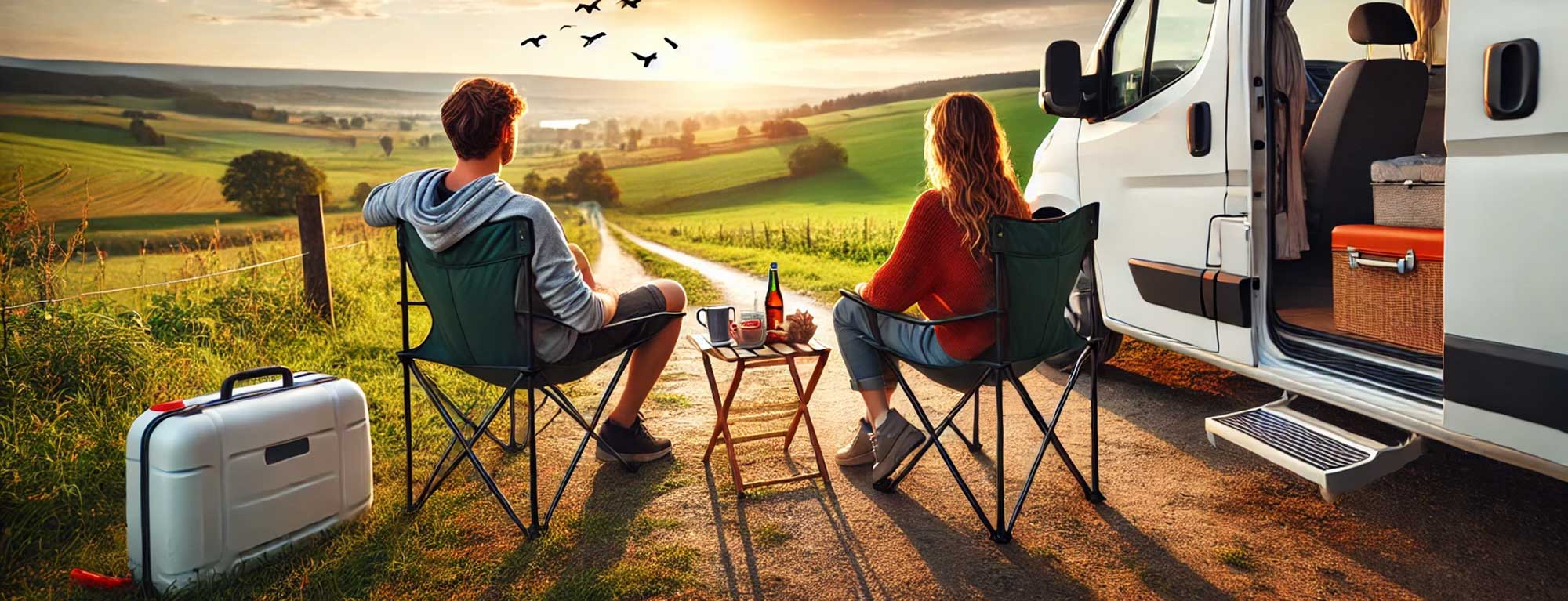

If you have ever thrown a crate of wine, an inflatable kayak, two bicycles and a week’s worth of tinned beans into the back of your campervan without a second thought; you are not alone. But weight matters more than most owners realise. Exceed your payload, and you risk mechanical failure, invalid insurance, and even points on your licence. It is serious stuff.
Your campervan’s payload is the maximum additional weight it can carry over and above its unladen (empty) weight. This includes everything: passengers, water, gas, food, clothes, bedding, furniture, pets; you name it.
The total vehicle weight must not exceed its Maximum Authorised Mass (MAM), also called the Gross Vehicle Weight (GVW). This figure is set by the manufacturer and stamped on the vehicle plate, usually found near the driver’s door or under the bonnet.
Overloading a campervan can cause all sorts of issues:
Just imagine skidding down a damp French B-road with too much weight on board and the wrong pressure in your rear tyres. One camper owner had their suspension collapse entirely - on the morning of a ferry home. Not ideal.

Most standard campervans fall into one of these weight classes:
If you passed your driving test before January 1997, you may still have C1 rights. After that date, you are limited to 3.5 tonnes unless you’ve taken additional training.
Factory features like pop-tops, slide-outs or built-in diesel heaters all reduce your payload. But it is the extras you add later that really chip away:
The best way to know your actual weight is to visit a public weighbridge. Drive in with your typical touring load; full fuel, water, supplies, and passengers - and you will get an accurate, legally recognised figure. These are usually available through council services, scrap yards or agricultural suppliers.
Yes, but it is not always straightforward. ‘Uprating’ your van’s MAM involves a paperwork trail and possibly changes to your tyres or suspension. Specialist companies can assist with this, but be aware it might shift your licence category or insurance bracket.
Weight-related claims do happen. If an insurer finds that a van was grossly overloaded during a crash or fire, it may refuse to pay out. Some even ask for weighbridge certificates as part of high-value policy arrangements.
It is worth checking the fine print. Cover should reflect how you use your van, not just how you intend to use it.
Your campervan is built for adventure, but it is not a packhorse. Understanding your weight limits and staying within them will make for a safer, smoother, and legally compliant journey. You will handle better, save fuel, and breathe easier on hills.
If your insurance is due for renewal, now is a good time to confirm your cover supports your van’s spec and loading habits. It is easy to compare quotes suited to your camper’s weight and usage, just follow the link and get started.